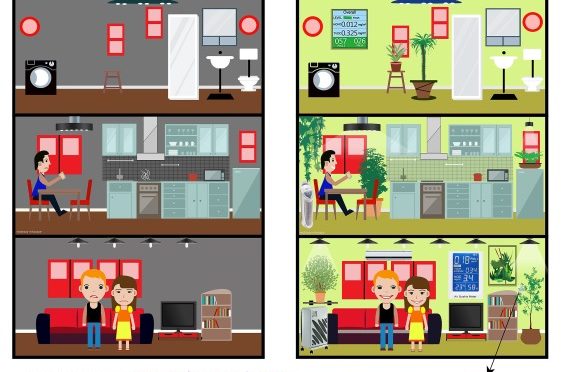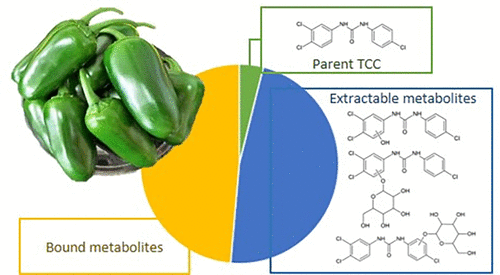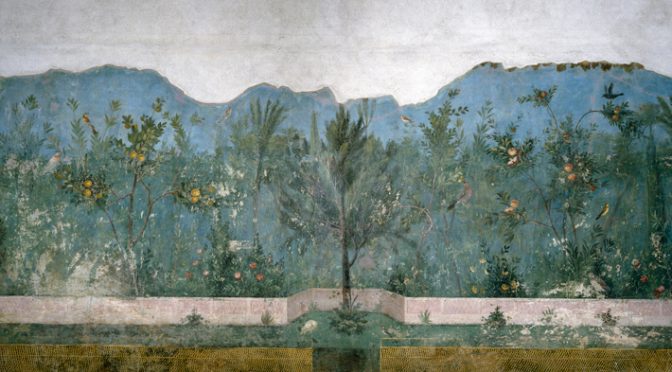Category: Plants & People
-

Developing A Science-Based Approach To Cleaning Indoor Air Pollution With Houseplants
Indoor pollution poses a serious threat to human health. Plants represent a sustainable but underexploited solution to enhance indoor air quality. However, the current selection of plants suitable for indoors fails to consider the physiological processes and mechanisms involved in phytoremediation. Therefore, the capacity of plants to remove indoor air pollutants through stomatal uptake (absorption) and non-stomatal deposition (adsorption) remains largely unknown. Moreover, the effects of the indoor plant-associated microbiome still need to be fully analyzed. Here, we discuss how a combination of the enhanced phytoremediation capacity of plants together with cutting-edge air-cleaning and smart sensor technologies can improve indoor life while reducing energy consumption. (Click on title for full story.)
-

Trees Reduce Urban Heat. But Not All Tree Species Are Equally Effective
This was carried out on summer days with varying temperatures at different locations in Munich ,,, they selected two popular but contrasting urban tree species to analyze the complex interplay of location factors, current weather conditions, and tree type. In light of climate change, the focus was on the cooling effect on very hot days. (Click on title for full story.)
-

How Our Hunger For Vanilla And Rosewood Has Created Opportunity And Crime In Lawless Madagascar
From the capital Antananarivo, it takes a plane, a ferry, a gondola and two motorbike rides to reach this picturesque village. On the way, forest defender Clovis Razafimalala explains how the vanilla violence is a product of poorly regulated global markets, corrupt local politicians and a flood of cash from illegal rosewood trades to China. (Click on title for full story.)
-

Antibiotics That Get Into The Water Supply Could End Up In Our Food
To track the antibiotic’s journey from water to pepper, the researchers labeled TCC with radioactive carbon (C14). They grew the pepper plants hydroponically and, after 12 weeks, sampled the C14 content in the roots, stems, leaves and fruit. While the pepper fruit itself had relatively low levels of TCC, it contained a hefty portion of C14 in molecules that started out as TCC but then were converted to other molecules by the plant. According to the researchers, this finding indicated that the plant was metabolizing the antibiotic, and the health impact of these metabolites would need to be taken into account to fully assess the safety of TCC consumption. (Click on title for full story)
-

Mystery: South American Sweet Potatoes Arrived In Polynesia Before Humans Did
“This paper shows sweet potatoes were already in Polynesia when the islands were first colonized by humans thousands of years ago,” says Lars Fehren-Schmitz, a paleogeneticist at the University of California, Santa Cruz. “But it can’t prove there was no contact between Polynesians and South Americans before Europeans arrived.” (Click on title for full story.)
-

Toxic Squash Syndrome: Who Knew?
Although it’s rare, other cases of cucurbit poisoning have been described in the medical literature; in those cases, people developed food poisoning after eating bitter-tasting squash, zucchini and other gourds, according to the new report. But these are the first two reported cases linking the consumption of bitter-tasting gourds with hair loss (Click on title for full story.)
-

Rediscovering Ancient Gardens And Why Our Ancestors Created Them
Beginning in the mid-twentieth century, archaeologists started to apply the full range of methods available to identifying and understanding ancient gardens. As technology has evolved, researchers have not only been able to discover where gardens were located and, generally, what they were used for, but also to determine which individual plants were cultivated and how long they thrived. Along with written sources, this has allowed researchers to see how gardens changed over time and what they can tell us about the people and cultures who nurtured them. (Click on title for full story)
-

Marry A Tree To Save It From Deforestation
he ceremonies are known as the “marry a tree” ritual and is being held and supported by an organization named Bedani. “I think more than 30 people got married here, men and women, who freely said ‘yes’ to their tree. The commitment is more than a symbolic wedding – it is also a commitment that is spiritual and action-oriented,” (Click on title for full story.)
-

Neighbor Sues Over Walnuts Falling On Cars. Court Protects Rights Of Walnuts
Walnut trees may shed their nuts, judges in the court concluded, adding that this autumnal occurrence is “a fact of nature” and must be tolerated. (Click on title for full story.)
-

The Lost Peoples And Lost Crops Of North America Rediscovered
Over 2,000 years ago in North America, indigenous people domesticated plants that are now part of our everyday diets, such as squashes and sunflowers. But they also bred crops that have since returned to the wild. These include erect knotweed (not to be confused with its invasive cousin, Asian knotweed), goosefoot, little barley, marsh elder, and maygrass. We haven’t simply lost a few plant strains: an entire cuisine with its own kinds of flavors and baked goods has simply disappeared. (Click on title for full story.)
